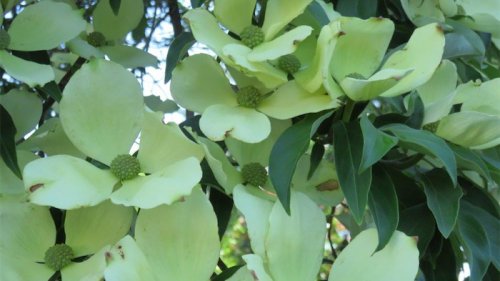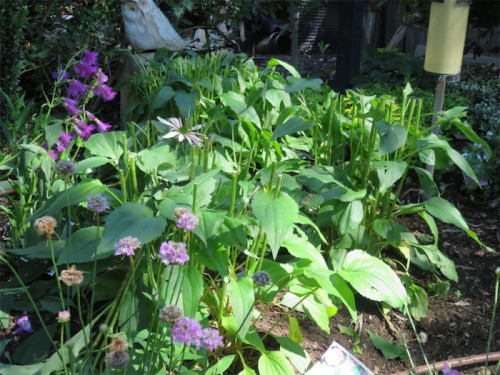
REGULAR rain has been hugely beneficial for gardens and, combined with mild weather, many shrubs are flowering better than for several years.

I’m hearing there is more fruit on the trees this year. Dogwoods, especially those from North America, such as the popular Cornus florida were especially floriferous in Canberra.
Equally popular are the Asian varieties, mainly from China and Himalaya. In our garden the Cornus capitata is a sight to behold. The abundance of flower bracts almost hides the green leaves. The flower bracts are followed by red, strawberry-like fruit loved by the birds towards autumn. Sometimes referred to as the “strawberry tree” this should not be confused with the Arbutus unedo or the Irish Strawberry tree.
One has to watch out for the use of common names. C. capitata was planted many years ago at University House and Yarralumla Nursery, according to Lindsay Pryor. Although I have not confirmed if they are still in existence.
Cornus kousa is another popular variety, known in China as the “four-shining flower”. It was first reported by the famous plant hunter Ernest Wilson who found it growing in the wild in China in 1907.
It was thought to have been first introduced to the US in that year and into Britain three years later.
The European Cornelian Cherry, Cornus mas, grown for its flowers, not fruit, was planted by Weston with his experimental plantings in Westbourne Woods in 1917. This was being considered as a possible street tree depending on its performance. I understand these are still alive and well in those locations. Unfortunately, quite a few of the Asian dogwoods died in the Canberra drought through insufficient regular watering.

I RECENTLY suggested cutting back certain perennials to encourage extra flowers. Some readers were uncertain about how much to cut back.
This cutting back in the UK is referred to as the “Chelsea Chop”, which occurs in May at the time of the famous Chelsea Flower Show. The equivalent time here is in November for this chop to occur, although not too late but do this now without delay.

I have illustrated here an example in our garden with Echinacea or Cone Flower at present one metre tall and after the chop reducing it to 50 centimetres. Don’t worry if the odd flower is starting to appear, this chop will double the number of flowers in summer. I also give a lighter chop to alstroemeria and chrysanthemum.
As mentioned previously the chop at this time includes Michaelmas daisies, Sedum “Autumn Glory” and, especially, the tall-growing Salvias.
Jottings…
- If you fed the plants in September, it’s time to repeat the exercise. Especially for those with have a long flowering period, such as roses.
- Time to plant Nerine bulbs for a late-autumn show.
- Time to raise the mower blades as the weather heats up.
- Finish tidying up bulbs by removing all foliage, green or not. Dig up bulbs in the wrong spot and store in a dry spot.
Who can be trusted?
In a world of spin and confusion, there’s never been a more important time to support independent journalism in Canberra.
If you trust our work online and want to enforce the power of independent voices, I invite you to make a small contribution.
Every dollar of support is invested back into our journalism to help keep citynews.com.au strong and free.
Thank you,
Ian Meikle, editor




Leave a Reply